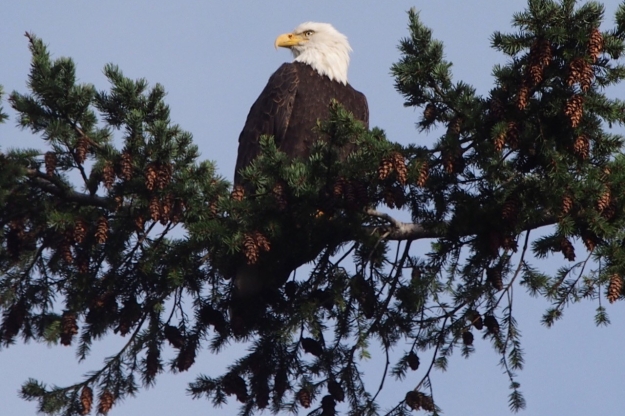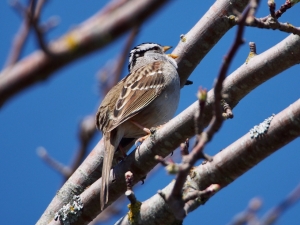
Eriophyllum lanatum (Oregon Sunshine)
On July, 17, 2019, the Natural History Society joined for a summer hike up rocky Mt. Ellinor. We were fortunate that botanist Coca Sanchez led us on her annual wildflower walk for the Natural History Society. She took us up a steep mountain to seek endemic wildflowers. Coca also discussed some of our most common flower families, and pointed out blooming species.

Chamaenerion angustifolium (Fireweed), Eriophyllum lanatum (Oregon Sunshine), Achillea millefolium (Yarrow)
Mt. Ellinor is known for its wildflower meadows and spectacular views from rocky ridges. We hiked from the upper trailhead to the summit for views of Lake Cushman and the surrounding Olympic peaks.
Eileen at JLTnatural@saveland.org arranged meeting time and place, what to bring, and additional information.








